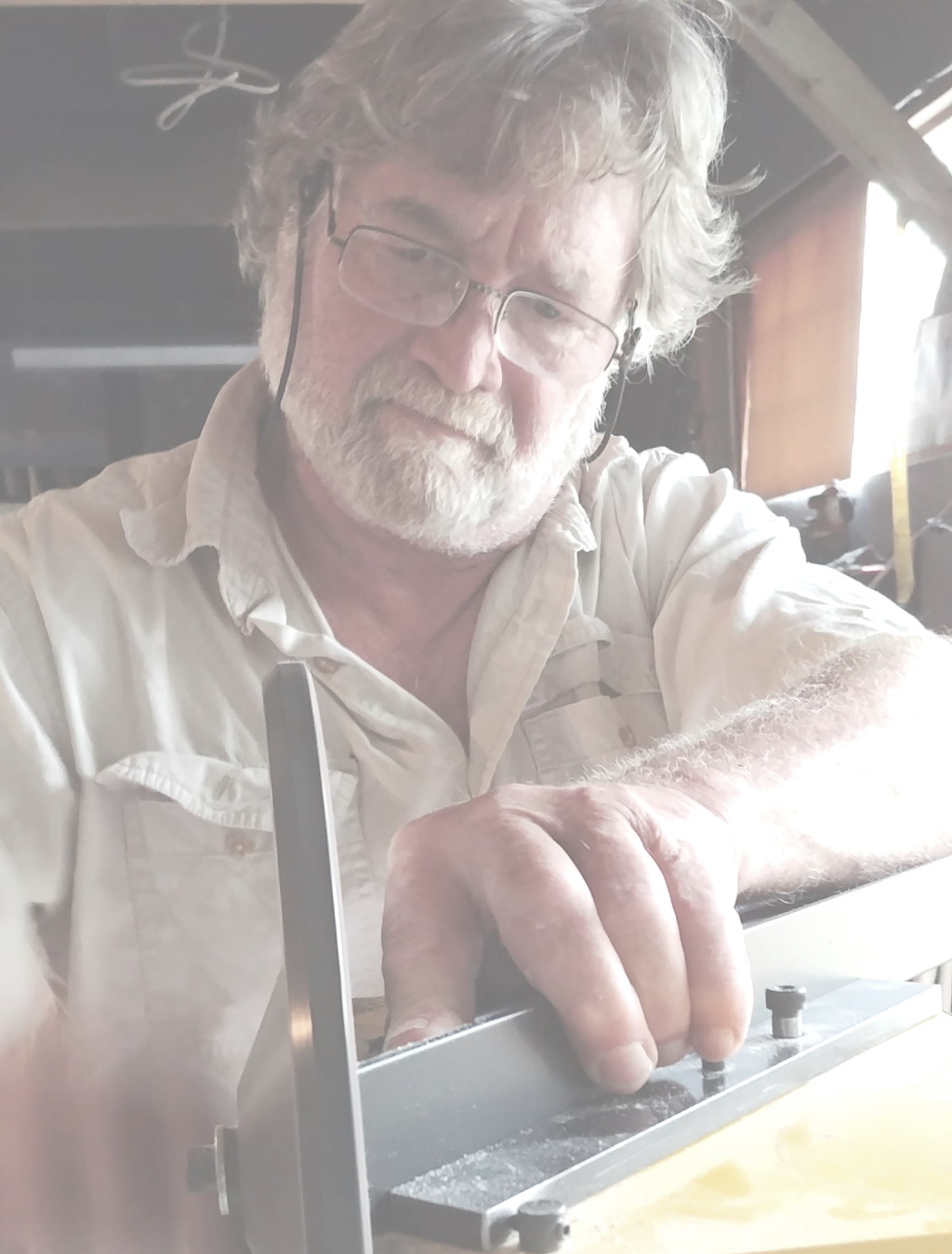
Professional Cleaning and Restoration
I was formally trained in art cleaning and restoration during my Bachelor's of Art education at University of Georgia. Since graduating in 1980, I've accumulated over 40 years of experience restoring and cleaning paintings.
Each piece of art is made and damaged differently so the restoration tools and work must be tailored to the individual piece. The best way for me to do that is to evaluate the piece in person.
Professional Cleaning
Whether a painting hangs in a museum, gallery, restaurant or home, over the years oils, dust, and other particles will eventually accumulate, robbing the work of it's original luster and color tones.
I combine modern techniques with decades of experience to gently and safely remove all types of build-up to restore paintings to their original condition.
Special pricing is available for restaurants and galleries with many works that need annual cleaning.
Restore Damaged Art
Moisture, heat, handling, and time can damage paintings in a variety of ways.
Moisture can cause bleeding, bloom, splatter, and stains.
Other forms of damage include abrasions, blisters, cracks, tears, holes (lacuna), skinning, and friable.
In many cases, the work can be restored with a practiced hand and proper technique.
Restorations by David Horton
I have over 40 years of professional experience restoring art.
Cleaning Services
Almost all displayed art will eventually need some degree of cleaning to restore it to its original look and to prevent build-up from damaging the pigment or canvas.
This is especially true for art that’s displayed in high traffic or harsh conditions.
I provide as-needed cleanings for clients with home collections or family heirlooms as well as regular cleanings for art that accumulates build-up more quickly and predictably.
Gallery Cleanings
Gallery pieces that need to always look their best and cannot show signs of neglect.
I offer a special rate to galleries that need multiple pieces cleaned or want regularly-scheduled light cleanings.
Private Collections & Family Heirlooms
Unless you art is hung in your kitchen, it probably won't need cleaning as regularly as pieces displayed in high-traffic public spaces. But there will still be a constant, yet gradual, build-up of dust and oils that can't simply be dusted off.
If you have art that isn't looking its best and needs the years of build-up professionally removed, please give me a call.
Restaurant Art Cleaning
Regularly cleaning the oils and dust off of the art in your dining room is an affordable way to prevent damage and keep the decor from looking run down.
Restaurant art quickly builds up a layer of oils, dust, and grime that needs to be removed periodically but is often overlooked --until you're the diner sitting next to a painting coated in filth.
I offer very affordable maintenance packages for restaurant art cleaning.
Hotel Art Cleaning
I provide hotel art cleaning services to fine hotels in Northeast Georgia, including Helen, Gainesville, Tallulah Falls, Dahlonega, and Cornelia.
I offer a special rate to hotels that need multiple pieces cleaned or want regularly-scheduled light cleanings.
Restoration Services
The damage to art is as unique to each work’s history.
The tools and techniques used to restore damage must be tailored to the piece’s medium, type of damage, and degree of damage in order for a restoration to be successful.
Give me a call or use the form below to tell me more about the piece you’re interested in having restored.
Water & Moisture Damage
- Mold & Mildew
- Bleeding — paint spreading or running from one area to another
- Bloom – dull or cloudy spots in varnish
- Splatter – from drinks or other liquids
- Stain – deposits from colored liquids
- Tidelines – marks left by water
Tears & Abrasions
- Abrasions – scratches or rub marks.
- Stress Cracks – from touches or bumps to the canvas or even from unevenly stretched canvas.
- Spiral Cracking – when one area is repeatedly touched or bumped and cracks spiral outward from the touch-point
- Traction Cracks – layers of paint pulling away from each other, revealing lower layers of paint (caused by varnishing before the paint is dry).
- Tears & Lacuna – rips or holes in the canvas
Heat
& Smoke
- Blisters – bubbles on the surface, usually caused by heat
- Smoke Damage (fires) – soot deposits from fireplaces or building fires that build up to darken the painting
- Smoke Damage (nicotine) – soot deposits with nicotine build up to yellow as well as darken the painting
- Heat Cracking – temperatures over 75 degrees Fahrenheit can cause materials to expand and paint to crack and flake away.
- Chemical Reactions – heat can cause some pigments to undergo chemical reactions that change and distort the colors.
Defects in Materials & Human Errors
- Friable – using insufficient oil binding medium when mixing paint can lead to the paint to become powdery and detach from the canvas
- Skinning – excessive cleaning that removes too much of the original paint
- Overpainting – painting over the original paint in an attempt to restore the work
- Craquelure – the mosaic-looking cracking of varnish as it ages
